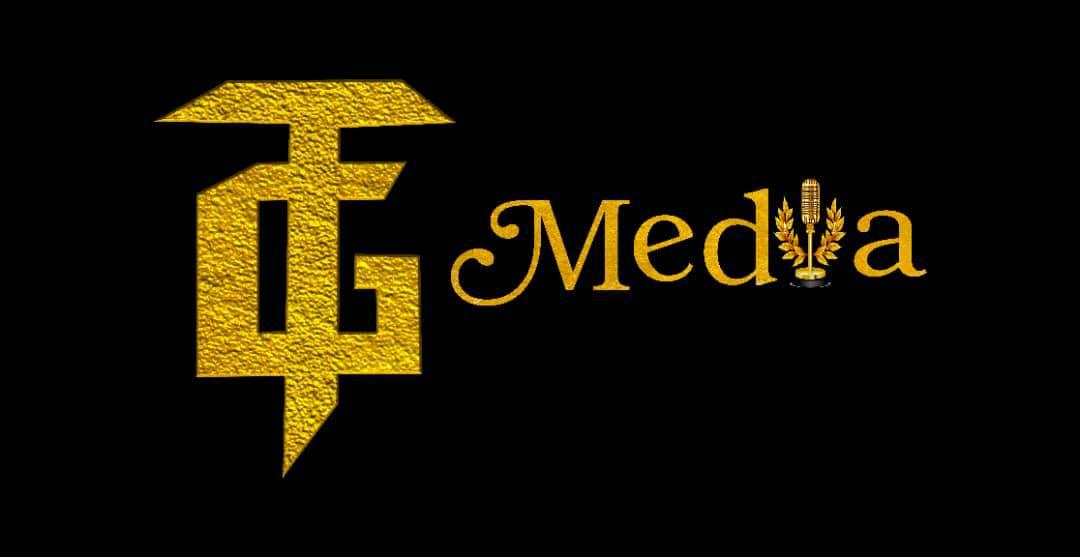Over 54,000 megawatts (mw) of electricity was not utilised in the first 17 days of September by the 11 electricity Distribution Companies (DisCos), enough to energise 10.9 million households, the Daily Trust reports.
The Minister of Power, Works and Housing, Mr Babatunde Fashola, at a session of the National Council on Power (NACOP) last Thursday said one megawatt of electricity is capable of powering about 200 households. The 54,950mw unutilised energy from the DisCos end, would be estimated to serve 10.9m homes.
Latest data released by the Transmission Company of Nigeria (TCN) last Tuesday showed that 61,711mw of electricity was allocated to the 11 DisCos in the period from which they served an estimated 11.05m households with 55,239mw.
Analysis of the data showed that Ikeja DisCo rejected the highest energy of 24,090mw during the 17-day period. The lowest figure was 5,536mw from Yola DisCo.
The other top figures for unutilised power came from Ibadan DisCo of 18,733mw, Abuja DisCo 17,656mw and Eko DisCo with 14,808mw. Jos DisCo has the next lowest figure of 8,983mw. The others are Enugu DisCo with 13,916mw, Benin DisCo with 12,717mw, Kaduna DisCo with 12,813mw and Kano DisCo with 12,813.
A breakdown of households that could have benefited from the unutilised power showed that as high as 4.8 million homes could have been energised with Ikeja DisCo’s rejected load; about 3.7m households could be lit with what Ibadan DisCo rejected; 3.5m could have enjoyed supply with Abuja DisCo’s, and 2.6m others under Eko DisCo.
For Jos DisCo’s rejected load, 1.7m households could have been connected; 2.7m households could be energised from the rejection of Enugu DisCo; 2.4m from Benin DisCo; 2.5m from Kaduna and another 2.5m homes with Kano DisCo’s figure.
Meanwhile the 11 DisCos have continually denied the claims of not utilising some generated electricity. Through their umbrella body – Association of Nigerian Electricity Distributors (ANED) – the DisCos blamed the System Operator (SO), a section of the TCN for misinterpreting energy readings by miscalculating drop in electricity demand from customers at night as load rejection.
A statement on this by the ANED spokesman, Barrister Sunday Oduntan said the DisCos’ stations have capacity that was higher than the energy allocation from the grid but often received less due to constraints from the transmission network.
“What has happened is the inaccurate rendering or misinterpretation by the System Operator (SO) of DisCos’ minimum and maximum load readings. The SO in its recent allegation of load rejection against DisCos wrongly projected the load drop/demand, during off-peak hours (night times) as load rejection,” Oduntan stated.
He explained that it was not load rejection as DisCos take more energy load during the day and have less power demand at night.



